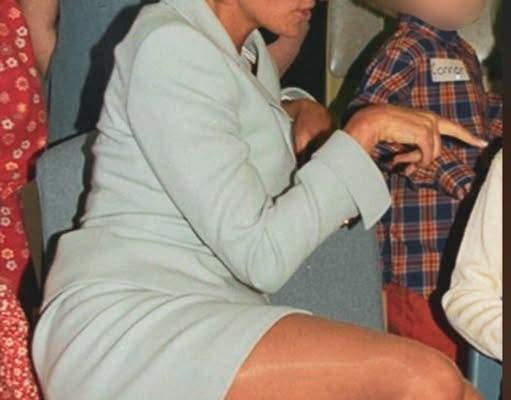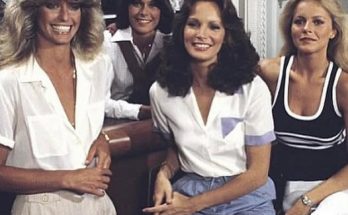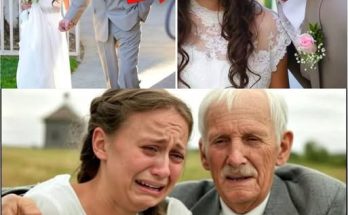Princess Diana was celebrated for her compassionate visits to hospitals, where she spread joy and hope to those who needed it most.
Yet, one particular visit blossomed into something much deeper — a secret love affair that remained hidden for many years.

It was 1995, just two months before the famous Panorama interview that would change Diana’s life forever. You may recall that interview, where she candidly discussed her mental health struggles and the challenges of her marriage, earning the sympathy of people around the globe.
Two months before that pivotal moment, Diana met a striking doctor, a Muslim whose captivating looks drew comparisons to the charismatic actor Omar Sharif.
The charming heart surgeon, Dr. Hasnat Khan, was based at the Royal Brompton Hospital in London. But what brought this unexpected couple together?

Joe Toffolo, the patient who had surgery, was married to Oonagh Shanley-Toffolo, an Irish nun and acupuncturist who shared a close friendship with Princess Diana.
After her first visit, Diana found herself returning to the hospital nearly every day for three weeks, drawn to the charming surgeon. The chemistry between them was undeniable.
While we often see photos of Diana at the hospital, officially it’s said she was there to uplift sick children or to promote awareness for cystic fibrosis.
That’s certainly part of the story. Yet, there were also personal motivations at play. At 35, Diana had found a reason to smile again.

When Diana and Khan began their relationship, it represented her most significant connection since her split from Prince Charles three years prior.
However, their romance was kept under wraps. Very few were aware of their developing relationship, which seemed unlikely at first. Dr. Khan, who was 37 at the time, was a heart surgeon with a penchant for indulgence, including smoking a pack of cigarettes daily.
He enjoyed late-night jazz clubs and had a taste for Kentucky Fried Chicken, making him an unexpected partner for the Princess of Wales.
But Diana was undeterred.
“He’s absolutely stunning,” she reportedly shared with Oonagh Toffolo.
To maintain their privacy, Diana cleverly used the alias “Dr. Armani” for her messages to Khan. They met in secret, often choosing unusual locations to evade attention.
On one memorable occasion, Diana wore a black wig to sneak into Ronnie Scott’s, a renowned jazz club in Soho. In another instance, Khan concealed himself in the trunk of a car to enter Kensington Palace, with the help of Diana’s devoted butler, Paul Burrell.
Their love thrived even during their casual outings.

One day, feeling a bit down, Diana was taken by Khan to a cozy pub close to Harefield Hospital, where he had previously worked. The pub was called The Prince of Wales.
“He found it quite funny,” he reminisced with a smile.
Diana was so taken with him that she even asked her butler to seek out a priest who could marry them, despite Khan being Muslim. Their bond grew stronger as they spent time together, filled with laughter and exploring each other’s lives.
Diana was said to have read up on Islam and treasured a picture of “my charming doctor.” She even traveled to Lahore, Pakistan, to meet Khan’s family, where she fully embraced their culture and enjoyed a lovely afternoon tea.
Meeting William and Harry
Things became more serious when Diana introduced Khan to her sons, William and Harry.
She affectionately called him “Mr. Wonderful,” and her butler Burrell noted that she considered Khan her soulmate. Friends of Diana mentioned that he was “the love of her life,” and she felt heartbroken when their relationship came to an end.
However, like many love stories, theirs encountered some challenges.

The increasing pressure from the media started to affect their relationship. While Diana was used to being in the spotlight, Khan found the intense attention overwhelming.
He worried that going public with their relationship could threaten his career.
They explored various options, including the possibility of moving to Pakistan, which almost became a reality. They also considered relocating to Australia or South Africa, but none of these plans came to fruition. As reported by The Guardian, Diana’s wish for public recognition conflicted with Khan’s hesitance, ultimately leading to a painful breakup in July 1997.
Khan learns about Dodi
Just a month later, tragedy struck. In the early hours of August 31, 1997, Diana lost her life in a car accident in Paris, along with her partner Dodi Fayed and their driver, Henri Paul.
Khan was taken aback by the news of Diana’s relationship with Dodi, learning about it only after it was made public. “When I found out, I was really mad; mad as hell,” he revealed in a 2012 interview.
Khan was present at her funeral at Westminster Abbey.

The memory of her tragic death still casts a long shadow over him. “Sometimes I feel like screaming,” Khan expressed, opening up about his emotional struggles. “There have been really tough times. I’ve moved forward, but it keeps resurfacing.”
Even with the pain, Khan cherishes his memories of Diana: “We all have our flaws, but I found her to be a very down-to-earth person with wonderful qualities, despite some personal issues, like bad habits.”
As for Hasnat Khan today, he married Hadia Sher Ali, a 28-year-old with Afghan royal lineage, in 2006, but they divorced two years later.
Currently residing in the UK, he continues his career as a heart surgeon while also participating in humanitarian work in Pakistan and Saudi Arabia.
Looking back on his life, Khan remarked: “It feels great to be home. I’m really relieved to be back. My blood pressure is stable—I enjoy fishing and going for walks. It’s like a sanctuary. It’s incredibly peaceful.”
While the romance between Princess Diana and Dr. Hasnat Khan was brief, it stands out as a fascinating part of her story, highlighting the intricate nature of love amidst royal responsibilities and public attention.
In honoring the Princess, we not only reflect on her lasting impact but also cherish the affection she experienced with someone who recognized her true self—a remarkable individual with relatable qualities.



